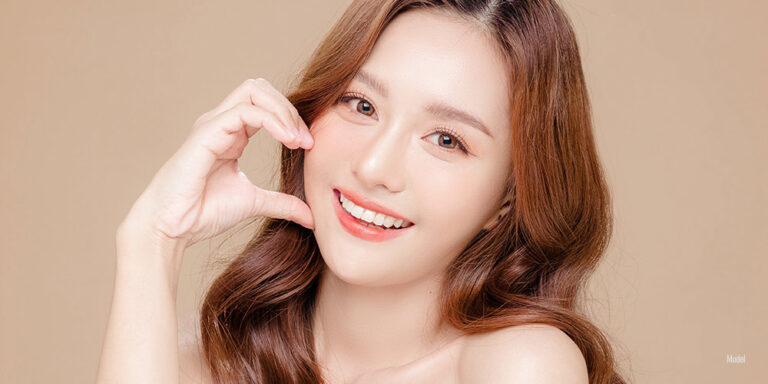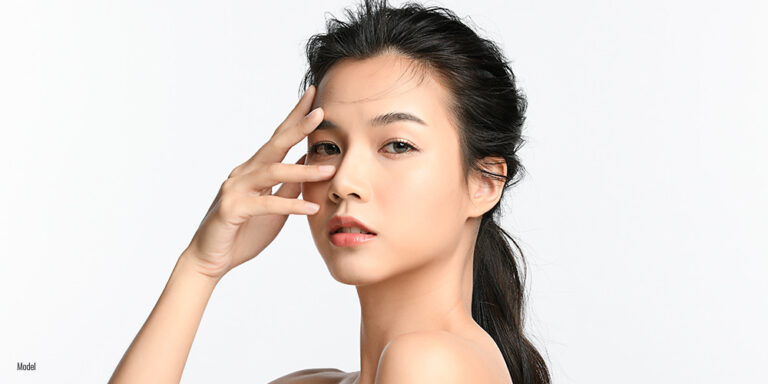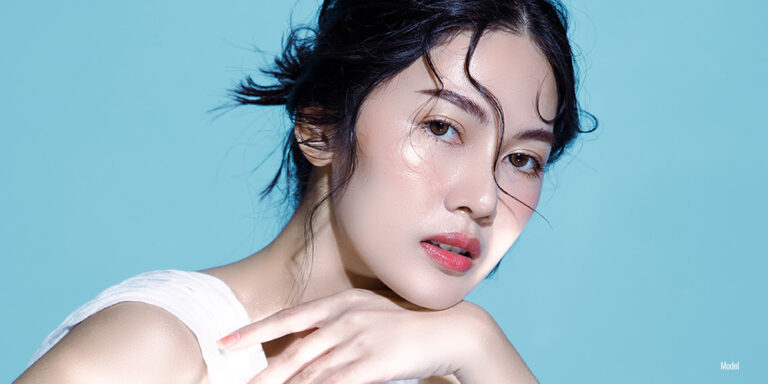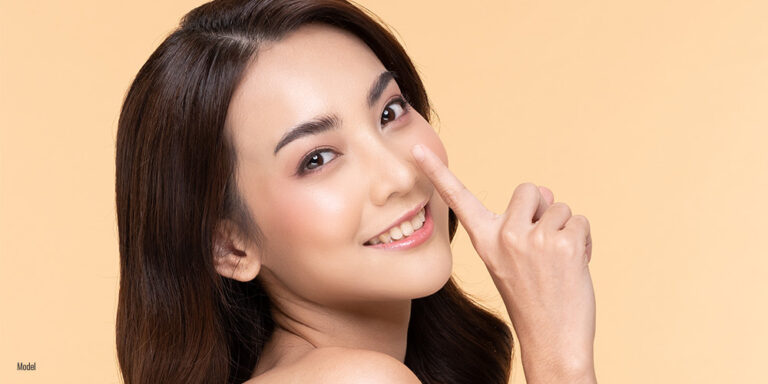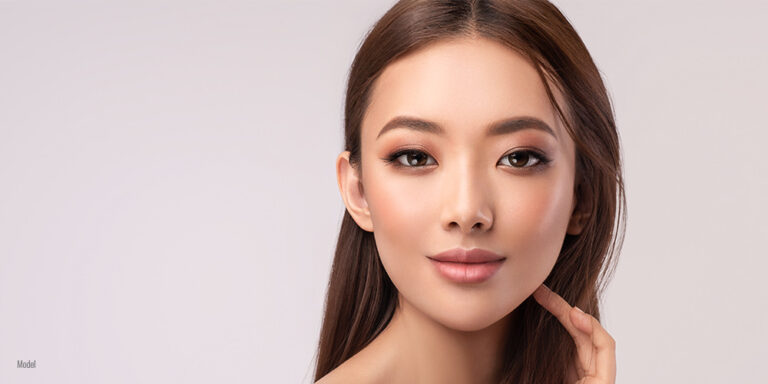Case demonstrating anchor incision double eyelid surgery – two year follow up
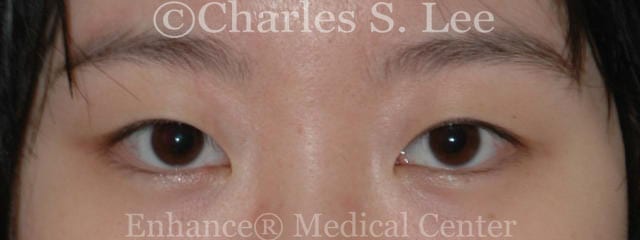
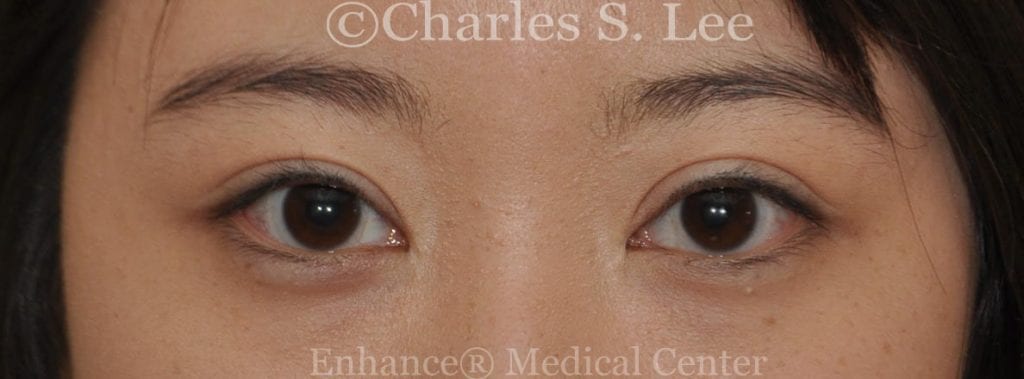
20 year old woman with a two year follow up. This patient underwent incision surgery double eyelid surgery with inner corner correction (medial epicanthoplasty).
Result of incision eyelid with inner corner crease surgery at 16 days.
23 year old who underwent incision eyelid surgery with medial epicanthoplasty (inner fold correction). Example of results at 16 days after surgery.
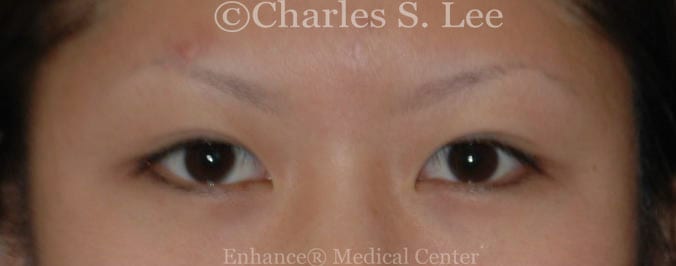
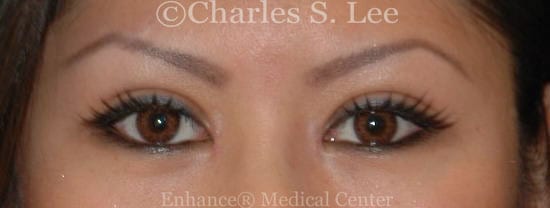
Case to demonstrate the difference between a “dynamic” vs. “static” crease.
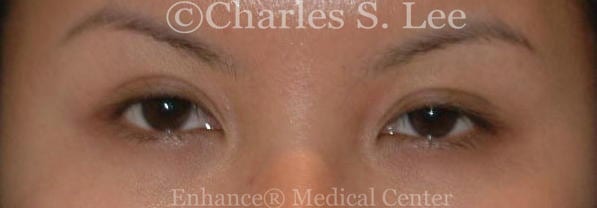
 27 year old patient with prior incision eyelid surgery. She had a “dynamic” fold crease surgery and no treatment of the inner fold of skin (epicanthus). She wanted removal of the extra pre-existing fold (represented as a double line along the inner corner) in addition to removal of the inner corner skin. This was performed by using an “anchor” or static type asian double eyelid surgery. The redundant double line along the inner corner was removed, as was the inner fold (epicanthoplasty). The result is a clean platform which allows a precise, symmetric crease for easier makeup placement.
27 year old patient with prior incision eyelid surgery. She had a “dynamic” fold crease surgery and no treatment of the inner fold of skin (epicanthus). She wanted removal of the extra pre-existing fold (represented as a double line along the inner corner) in addition to removal of the inner corner skin. This was performed by using an “anchor” or static type asian double eyelid surgery. The redundant double line along the inner corner was removed, as was the inner fold (epicanthoplasty). The result is a clean platform which allows a precise, symmetric crease for easier makeup placement.
Case to demonstrate a creation of a large fold and indication for epicanthoplasty (inner fold correction). How to get a symmetric upper eyelid crease.
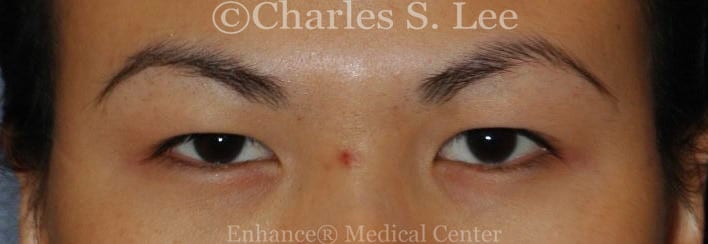
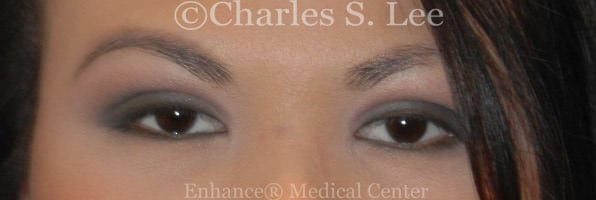
27 year old patient requesting a larger fold. In this case, an inner fold correction (medial epicanthoplasty) is required to achieve a larger, symmetric crease. In the preoperative photo, note that the her right eyebrow is lower than the left. This is common in 80{0fd4121d5216b280473771676d11ae34909381d9377f36f96353e02149c70f16} of patients. A symmetric crease required removal of more skin from the side with the lower brow. Photo at three weeks after surgery.
Uneven eyelid size due to right eyelid droop (ptosis).
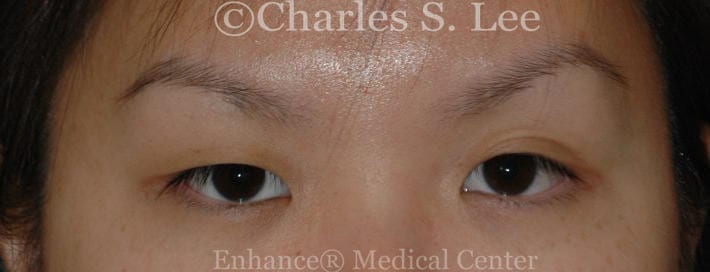
Presurgery photo – note the smaller right eyelid size and the left eyebrow retraction.

Swelling seen at 4 days after surgery.

Up to 25{0fd4121d5216b280473771676d11ae34909381d9377f36f96353e02149c70f16} of patients have significant unevenness of the upper eyelid, where one side is smaller than the other. Frequently, this indicates weakness in the muscle which opens the eyelid. In this patient, the patient’s right eyelid does not open as widely as the left. The muscle must be corrected at the time of surgery to prevent significantly worse unevenness which will otherwise result after surgery. Patients with weak eyelid muscles are not candidates for the DST suture technique.
Some surgeons prefer to repair the muscle at an initial surgery, then return several months later for the crease surgery. I prefer to do both steps at the same time in most cases.
Ptosis can be difficult to diagnose prior to surgery. Some helpful clues as to whether one has ptosis include uneven double eyelid creases, uneven eyebrows, or significantly wrinkled forehead (in the younger patient).

